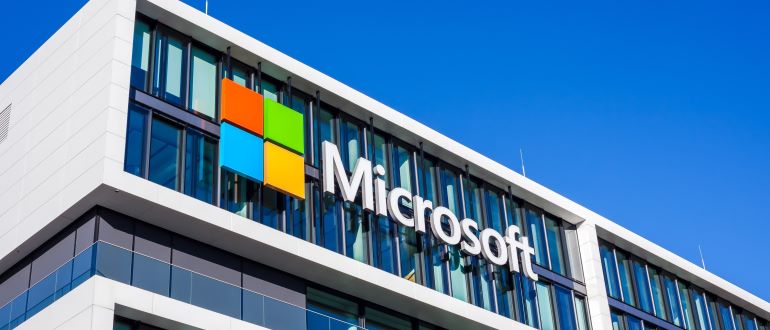
Profligate spending on artificial intelligence (AI) is coming at a steep cost for Microsoft Corp.
The software giant on Tuesday began slashing 3% of its global workforce, or about 6,000 employees — its largest round of dismissals since it shed 10,000 people in 2023.
“We continue to implement organizational changes necessary to best position the company for success in a dynamic marketplace,” a Microsoft spokesperson said in a statement.
The layoffs, which come weeks after the company reported strong first-quarter sales and profits that beat Wall Street expectations, is sending a chill through the tech world amid exorbitant spending on AI-related projects that could presage even more cutbacks as investments rise. A handful of tech giants — Microsoft, Alphabet Inc.’s Google, Meta Platforms Inc., and Apple Inc. — said they are sinking hundreds of billions of dollars over the next few years on AI-related development.
Microsoft has said it plowed $80 billion in the fiscal year that ends in June to construct data centers and other infrastructure necessary to operate its AI business in a bid to claim a chunk of a global AI market projected to reach $1.8 trillion by 2030, according to Grand View Research.
During the company’s earnings call in April, Microsoft Chief Financial Officer Amy Hood said the Redmond, Wash.-based company was focused on “building high-performing teams and increasing our agility by reducing layers with fewer managers.” She said headcount as of March was 2% higher than a year earlier. The company intends to continue investing billions of dollars in AI, however.
Layoffs at Microsoft, which has been among the most successful tech companies and AI leaders of late, follows job cuts at other tech leaders this year. Amazon.com Inc. in January said it was eliminating some jobs after noting “unnecessary layers” in its organization. Last week, cybersecurity company CrowdStrike announced a 5% reduction of its workforce.
Ray Wang, principal analyst and founder of Constellation Research, expects more retrenchment because he estimates most tech companies have 30% to 40% more workers than they need. He deems Meta, which has already undergone a reorganization, the most-efficient tech company, followed by Tesla Inc. He considered Microsoft the least efficient.

